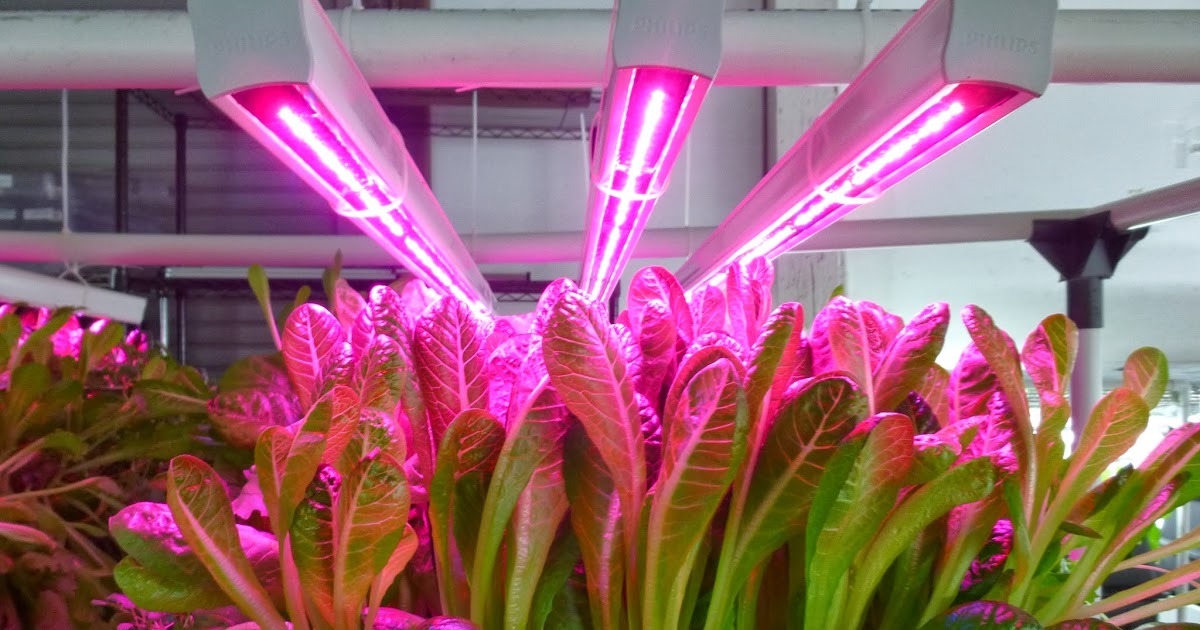
The Difference between Full Spectrum Bulbs and Daylight Bulbs
There are different kinds of lamps or bulbs, and one comes across the terms such as daylight bulb or lamps as well as full-spectrum bulbs. These terms are often used interchangeably, although there are no hard and fast regulations related to their usage. Both full spectrum bulbs and daylight bulbs represent the same lamp. However, the terms may focus on a different characteristics of the light or lamp.
What you need to know about full spectrum bulbs
When we talk about full spectrum bulbs, we discuss the ability of a lamp to contain all colors of the lighting spectrum. However, technically speaking, the manufacturer tries to explain precisely what establishes a full spectrum. The term full spectrum first surfaced in the '’60s and was used by Dr. John Ott. According to him, a full-spectrum light carries both visible and invisible color wavelengths of light colors. Daylight lamps are made according to the need to simulate daylight for health reasons.
Producers of Fluorescent full-spectrum lamps
Fluorescent full-spectrum lamps do not offer an even distribution of different wavelengths of the spectrum. Lamp producers have stressed on reconstructing that evenly represented spectrum in their lamps and market them as daylight, in place of the full spectrum bulbs. This was the basic way of moving from fluorescent lighting fixtures to the tungsten-based fixtures and later halogen fixtures.
The color temperature of full spectrum bulbs
The measurement of a light's color reactions to heat and how it gets affected is referred to as the color temperature. The property is measured in degrees Kelvin. However, the system can be puzzling as the higher temperatures in degrees Kelvin denote, the cooler color of the light. Lower numbers stand for yellows and oranges, while the higher and cooler temperatures represent blues. Natural daylight lies at the blue end of the spectrum and stands at 5,500 degrees Kelvin. The daylight lamps have color temperatures in the range of 5,500 to 6,500 degrees Kelvin. The color temperature range is not found in the full spectrum bulbs, and if the temperature range is used, it is known as "daylight balanced."
The wavelengths of light
There are invisible wavelengths of light along with the visible color spectrum that shows the warm yellows and reds. The cool blues and purples are referred to as the invisible wavelengths of light. They are called infrared (IR) at the warm end and ultraviolet (UV) at the cool end. Both IR and UV can damage skin and cause medical problems such as cancer. However, they carry benefits too such as strengthening the immune system and help the body to absorb vitamin D. Manufacturers of the full-spectrum bulbs try to influence their products' outputs based on these extremes of the spectrum by either removing IR and UV or inserting only the beneficial ranges of those wavelengths.
For more information about full-spectrum lamps, contact Pacific Lamp.
